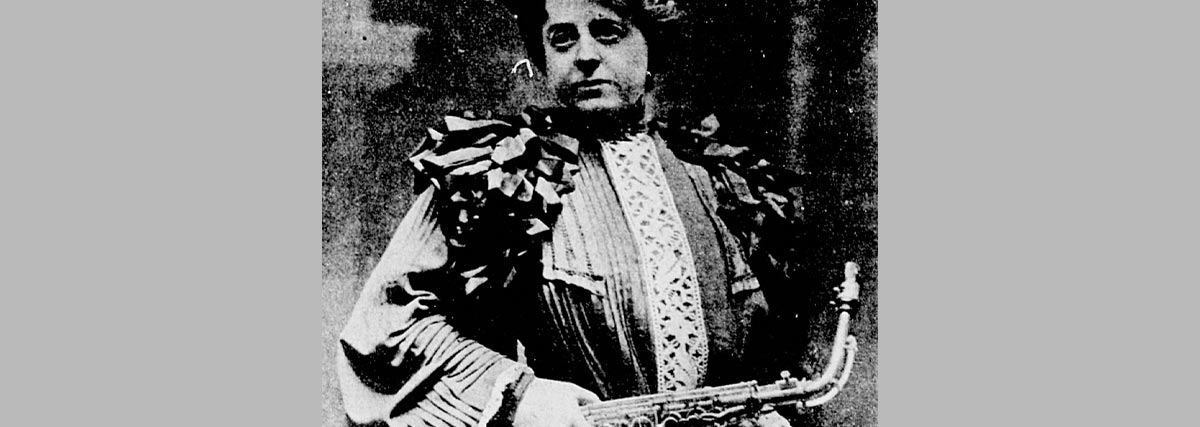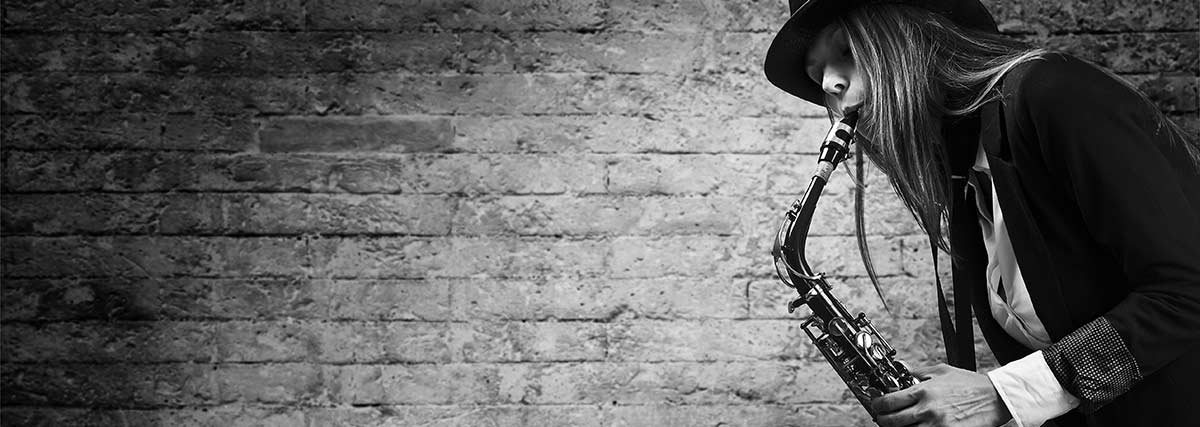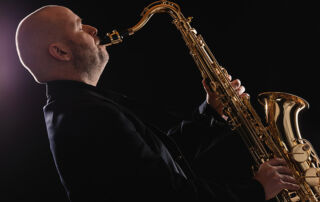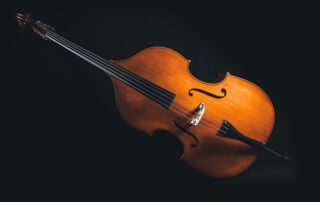The history of the saxophone is filled with legendary names, Marcel Mule, Stan Getz, Charlie Parker—and they all have one thing in common: they are men.
From the classical stage to jazz clubs, the story of the instrument has long been dominated by male voices.
Since 1858, the year when Adolphe Sax became the first saxophone professor at the Paris Conservatoire, the teaching and practice of the saxophone have remained largely led by men.
More than 160 years later, little has changed at the institutional level.
As a saxophonist studying in Paris, I have witnessed this imbalance firsthand: in the city’s twenty public conservatoires, including the CRRs and CMAs, over 80% of saxophone teachers are men.
At the prestigious Paris Conservatoire itself, the saxophone chair has never been held by a woman.
This raises an essential question: where are the female saxophonists today, and how are they shaping the future of the instrument?
This article explores this question through three key perspectives.
We will begin by revisiting the often-overlooked legacy ofElise Hall, a pioneer who, through her commissions—particularly from Debussy—helped the saxophone earn its place in the classical repertoire.
We will then turn our attention to the current scene, highlighting a series of international concerts in 2024 that pay tribute to Hall and celebrate the work of female saxophonists around the world.
Finally, we will reflect on the ongoing challenges these musicians face and how they are paving the way for a more inclusive future.

Elise Hall and Debussy’s Rhapsody: A Historic Commission
Elise Hall (1853–1924), a Boston-based saxophonist and patron of the arts, was one of the first major female figures in the history of the saxophone.
Born in Paris and later settled in the United States, Hall began learning the saxophone relatively late, following a loss of hearing.
Nevertheless, she became a passionate advocate for the instrument, using her personal wealth to commission more than twenty works from renowned French composers, including Vincent d’Indy, André Caplet, Léon Moreau—and of course Claude Debussy.
In 1901, Hall commissioned a piece for saxophone and orchestra from Debussy—an audacious request at a time when the instrument was still largely associated with military bands rather than concert halls.
Debussy, initially hesitant and sceptical about the saxophone’s place in classical music, nonetheless accepted—partly for financial reasons.
It was not until 1908 that he handed Hall a piano reduction of the Rhapsody for saxophone and orchestra. Unfortunately, Debussy never completed the orchestration.
After his death in 1918, it was Jean Roger-Ducasse, his friend and colleague, who completed the orchestration. The world premiere took place on 14 May 1919 at the Salle Gaveau in Paris, performed by saxophonist Pierre Mayeur under the direction ofAndré Caplet.
Ironically, Elise Hall, whose hearing was severely impaired, did not attend the concert.
One of the most powerful testaments to this collaboration remains Debussy’s handwritten dedication: “To Madame E. Hall, with the respectful homage of Claude Debussy (1901–1908).” Today, the Rhapsody stands as a cornerstone of the classical saxophone repertoire, embodying both Debussy’s unique voice and the lasting impact of Elise Hall’s vision—a woman who, through her patronage and determination, opened the doors of classical music to the saxophone.

Female Saxophonists Today: Between Tribute and Renewal
In 2024, French saxophonist Nicolas Prost organised a series of international concerts dedicated to women in the world of saxophone, with performances across Europe and the United States, in cities such as Paris, Bordeaux, and Sicily.
This project paid tribute to Elise Hall, one of the first renowned female saxophonists and a key figure in commissioning works for the saxophone at the turn of the 20th century.
As part of this initiative, a new work entitled Elise Hall – We Thank You, composed by Katia Beaugeais, was commissioned and premiered in November 2024 in Paris.
I had the privilege of taking part in this concert. It was a powerful moment, shared with fellow female saxophonists, to celebrate Hall’s legacy through music.
One of the most moving moments of the evening was the performance of an ensemble piece by more than twenty young female saxophonists, conducted by a female conductor—a rare and deeply inspiring image in our field.
For me, this concert was not merely a performance, but a genuine opportunity to reflect on the obstacles women still face in this field, while feeling fully part of a growing movement for change.
The event aimed to highlight the gender imbalance that persists in the world of saxophone, particularly in classical music education and within professional institutions.
Although the number of female saxophonists has never been higher, the field remains largely male-dominated.
Initiatives like this not only help shift mindsets but, more importantly, inspire future generations of female musicians to claim their place in the history of the saxophone.

Conclusion: Towards a More Inclusive Future for the Saxophone
The history of female saxophonists is one of perseverance, passion, and a quiet yet essential revolution.
From Elise Hall’s dedication at the start of the 20th century to today’s all-female concerts and contemporary compositions, women have long played a crucial—though often overlooked—role in the artistic evolution of the instrument.
Many challenges remain: imbalances in conservatoires, lack of representation on competition juries, and under-representation in major ensembles.
But the tide is turning. Thanks to the collective efforts of today’s performers, composers, and educators, a new narrative is taking shape—more inclusive, more vibrant.
As a performer in the 2024 tribute to Elise Hall, I felt how music can serve as a powerful vehicle for remembrance, commitment, and transformation.
Every concert, every new work, every young girl who chooses the saxophone today is part of this change.
The future of the saxophone is being shaped by these rising female voices, and their presence does not merely complete the story—it profoundly reshapes its very contours.






